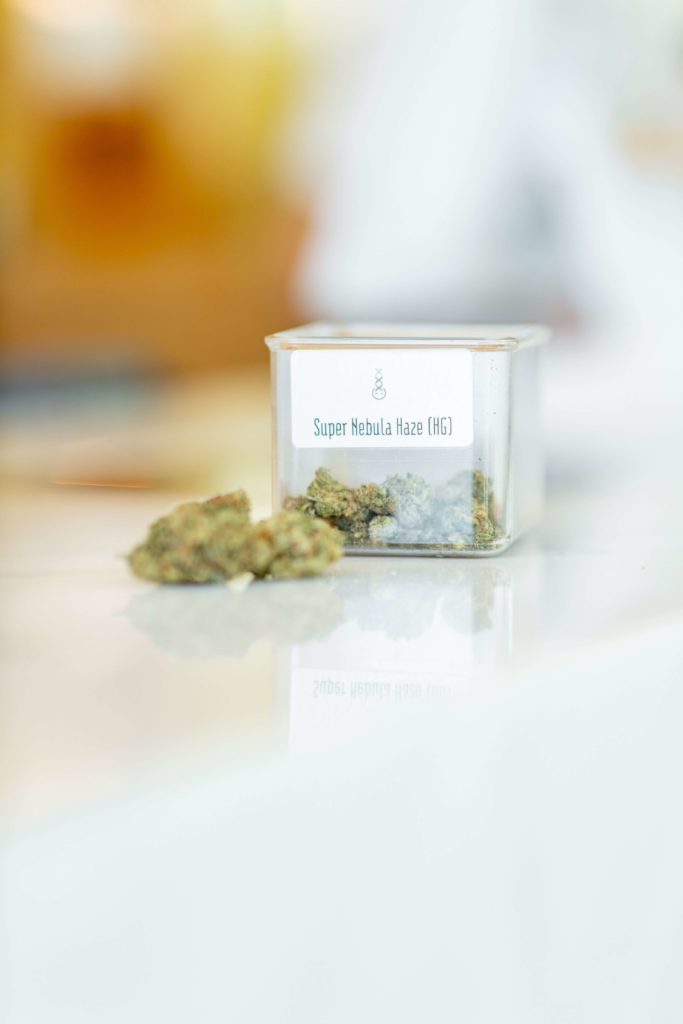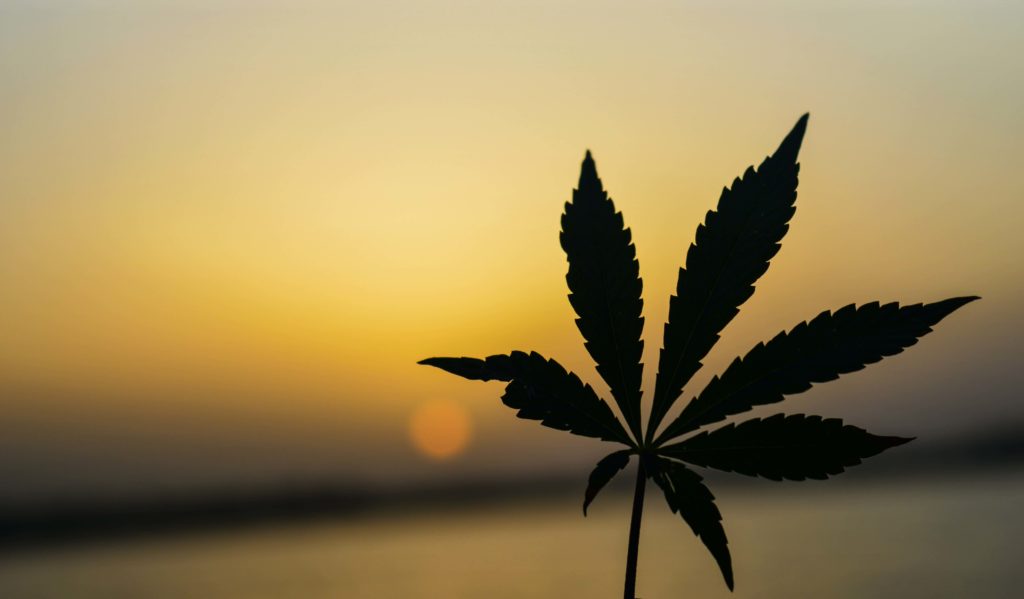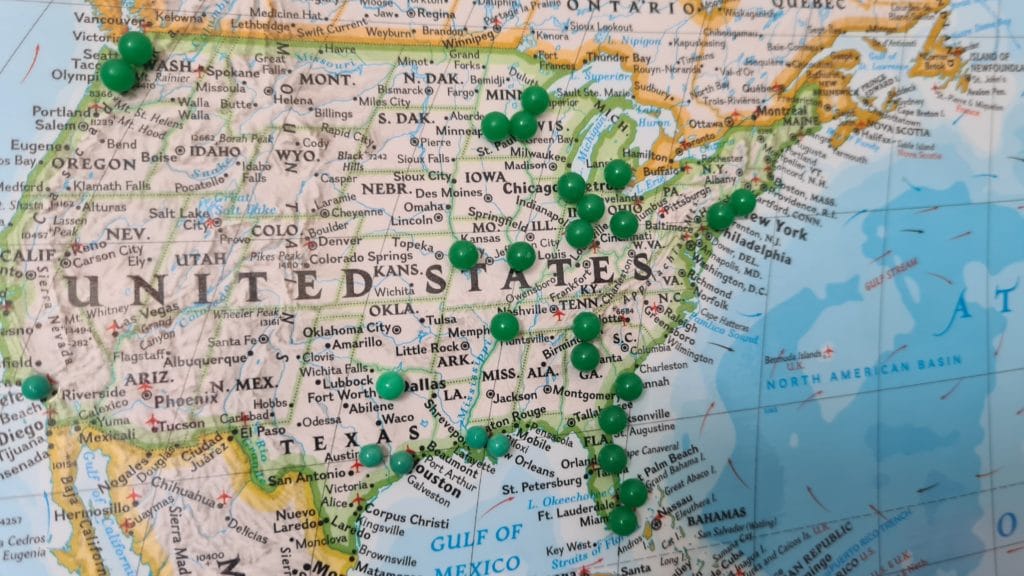Around the world, cannabis is a widespread drug used for both recreational and therapeutic uses. However, read this analysis of cannabis medication interactions before combining marijuana with other drugs.
Knowing how drugs interact
An interaction between a drug and any other drug, food, or drink is referred to as a drug interaction. This includes prescription medications as well as illegal or legal recreational drugs. These interactions may change how one or more medications behave when taken together, which will impact their effectiveness.
Several distinct effects may happen when you combine two or more substances:
- Additive effect: This describes a situation in which each ingredient acts independently to create the desired result. As a result, when two chemicals are mixed, their effects are “added” to one another.
- Synergistic effect: When two or more substances work together, the combined impact is higher than the sum of their individual effects.
- An antagonistic effect occurs when one or more drugs work less effectively when taken jointly than when taken alone.
There are several methods through which drugs interact, including:
- Increasing or reducing gastrointestinal drug absorption
- modifying liver drug metabolism
- Changing the pace at which the body eliminates medicines via the kidneys
- by inducing conflicting bodily processes
How likely you are to have a medication interaction depends on a few variables:
- being thirsty
- being very youthful or old
- Having an underlying medical issue Being overweight or underweight
- taking many prescription drugs at once
- being malnourished
How the body breaks down cannabis
There are approximately 100 different cannabinoid chemicals in cannabis, but THC and CBD are the ones we know the most about. According to research, cytochrome p450, a family of enzymes that metabolizes a wide variety of substances, including those contained in prescription drugs, is responsible for the metabolism of both chemicals.
When THC and CBD are present in our systems, they compete with cytochrome p450 for oxidation, which often slows down the metabolism of other substances found in illicit drugs (including alcohol, amphetamines, and LSD, among others) and prescription pharmaceuticals. When you consider mixing cannabis with other medications, keep that in mind.
What distinguishes medical marijuana from other drugs?
Cannabis differs from many other medicines, including both prescription pharmaceuticals and illicit narcotics, in several ways:
Composition: Cannabis has a complex chemical makeup with several active ingredients. The cannabis plant contains about 400 other chemicals of importance, including various cannabinoids, terpenes, and more, even though THC is the most well-known.
Diversity: Cannabis strains come in a wide range. Even songs with the same name can potentially have significantly varied chemical compositions, potencies, and effects.
Personal observation: Various individuals are affected by cannabis differently, and some may be more sensitive to its effects than others.
Impacts: Cannabis doesn’t cleanly fit into the classification schemes we use for other drugs. It may undoubtedly be a “downer” (or depression), but it can also have uplifted effects akin to those of stimulants or “uppers.” Cannabis may also have several products generally linked with hallucinogens (such as a warped perception of time).
We can make better decisions about when, when, and how to utilize the herb if we are aware of its unique properties and, more significantly, how it affects each of us individually. If you often get a calming, sedative-like effect from cannabis, be careful not to combine it with other drugs with opposite or similar results.
Cannabis and prescription medications
With many different prescription drugs, including whole pharmacological classes, marijuana may cause harmful drug interactions. Both substances may amplify each other’s effects, and marijuana may prevent a medicine from having the intended outcomes. Due to potential side effects, some drugs should never be used with marijuana.
- Antipyrine (NSAID for fever and inflammation): Marijuana reduces antipyrine’s metabolism in the body, increasing adverse effects.
- Marijuana usage reduces the absorption and heightens adverse effects of the medication Cardizem/diltiazem, which is used to treat angina, arrhythmia, and hypertension.
- Marijuana may decrease the efficacy of the muscle relaxant for spasms chlorzoxazone.
- Ciclosporin is an immunosuppressive drug used to treat rheumatoid arthritis, Crohn’s disease, psoriasis, and organ transplantation. Because marijuana has a faster metabolism than cyclosporine, it may have more negative effects.
- Clarithromycin/Biaxin (used to treat bacterial infections) – Side effects of this medicine are exacerbated by marijuana since it slows down the liver’s ability to break it down.
- Cannabis usage combined with the anti-drinking drug disulfiram may result in hypomania, including excitability, disinhibition, and irritability.
- Marijuana slows the absorption of estrogen (used in birth control and menopause), worsening its adverse effects.
- Cannabis slows down the drug’s absorption rate, increasing the harmful effects of the HIV/AIDS therapy Indinavir/Crixivan.
- Isoflurane (general anesthetic): Marijuana alters how the liver breaks down isoflurane, reducing its efficacy.
- Marijuana slows the absorption of the anti-cholesterol medication lovastatin/Mevacor, increasing the adverse effects.
- When used with marijuana, theophylline, a medicine used to treat COPD and asthma, is less effective.
- Additionally, marijuana might prevent patients from taking their prescription prescriptions as recommended. Nearly 8% of individuals who tested positive for cannabis also had negative results for their legally authorized medicines.
Antidepressants and medical marijuana
Antidepressants’ adverse effects, such as disorientation, trouble focusing, sleepiness, dizziness, cognitive impairment, poor judgment, and decreased motor coordination, might be exacerbated by combining them with marijuana. A higher incidence of mania, which includes racing thoughts, restlessness, distractibility, poor impulse control, and irritability, may also be brought on by marijuana use while taking SSRI antidepressants. When SNRI antidepressants and cannabis are used together, the body’s serotonin levels might change drastically, resulting in abrupt serotonin syndrome, a potentially fatal illness marked by jerky movements, poor coordination, tremors, and tight muscles. And last, even in those who don’t already have cardiac disease, both marijuana and tricyclic antidepressants may produce hypertension and tachycardia. SSRI antidepressant illustrations:
- The drug Citalopram (Celexa)
- The drug citalopram (Lexapro, Cipralex)
- fluoxetine paroxetine (Paxil, Seroxat)
- The drug fluoxetine (Prozac)
- A fluvoxamine (Luvox, Faverin)
- A Sertraline (Zoloft, Lustral)
SNRI antidepressant illustrations:
- fluoxetine desvenlafaxine (Pristiq)
- Milnacipran, Levomilnacipran, and Duloxetine (Cymbalta, Fetzima) (Ixel, Savella)
- The drug venlafaxine (Effexor)
Tricyclic antidepressant examples include:
- The drug amitriptyline (Elavil, Endep)
- An amitriptyline oxide (Amioxid, Ambivalon, Equilibrium)
- The drug clomipramine (Anafranil)
- drug abuse (Norpramin, Pertofrane)
- A dibenzepin (Noveril, Victoril)
- Dimetacrine (Istonil) (Istonil)
- The drug dosulepin (Prothiaden)
- The drug doxepin (Adapin, Sinequan)
- The drug imipramine (Tofranil)
- Melitracen Lofepramine (Lomont, Gamanil) (Dixeran, Melixeran, Trausabun)
- The drug nitroxazepine (Sintamil)
- The drug nortriptyline (Pamelor, Aventyl)
- The drug noxiptiline (Agedal, Elronon, Nogedal)
- drug opium (Inside)
- Azafen/Azaphen pipofezine
- Trimipramine with protriptyline (Vivactil) (Surmontil)
Sleeping pills and medical marijuana
The enormous risk of using marijuana and non-benzodiazepine sleeping pills is over-sedation. Combining the two drugs may cause extreme drowsiness, lightheadedness, and disorientation. Driving or using large equipment is not advised because of the risk of falls, accidents, and injuries. The top three non-benzodiazepine sleep aids are as follows:
- The drug eszopiclone (Lunesta)
- The drug Zaleplon (Sonata)
- Zolpidem (Abilify)
Conclusion
After reading this list, the first thing to remember is how many various types of drugs may be impacted by marijuana usage. The reality is that marijuana interacts with many other common drugs, and frequent users almost certainly run upon this issue. So an enhanced awareness of caution and watchfulness should be the second lesson. While marijuana seldom has significant adverse effects, several combinations may be hazardous or even fatal. Any loss of focus or awareness might have a severe negative impact. The crucial value of open communication with your healthcare professionals is shown by this list, which is the last point. Based on what you just read, if you use marijuana in any way:
- Always talk to your doctor or dentist about your marijuana usage, whether it’s legal or not. Be proactive rather than waiting for them to inquire.
- Ask your doctor about potential interactions before taking any prescribed drug.
- Talk to your pharmacist while picking up your medication as an extra measure of protection.
- Contact your healthcare practitioner immediately if you have any adverse effects.
- Before any significant surgical or dental operation, remember to stop using marijuana.


